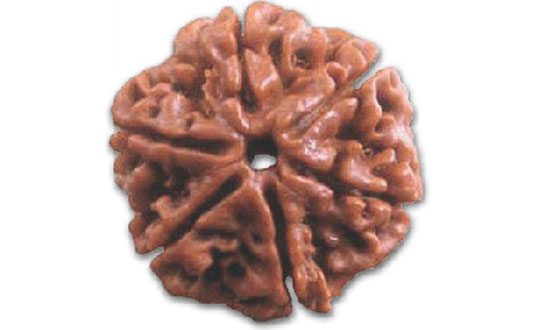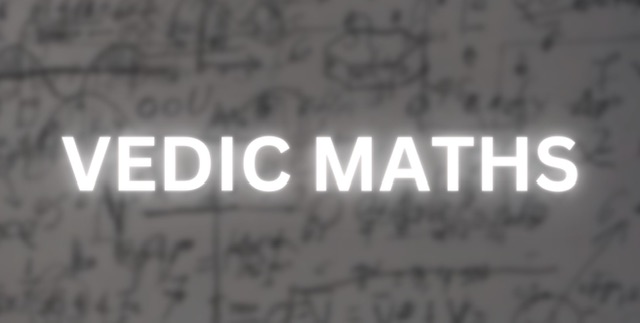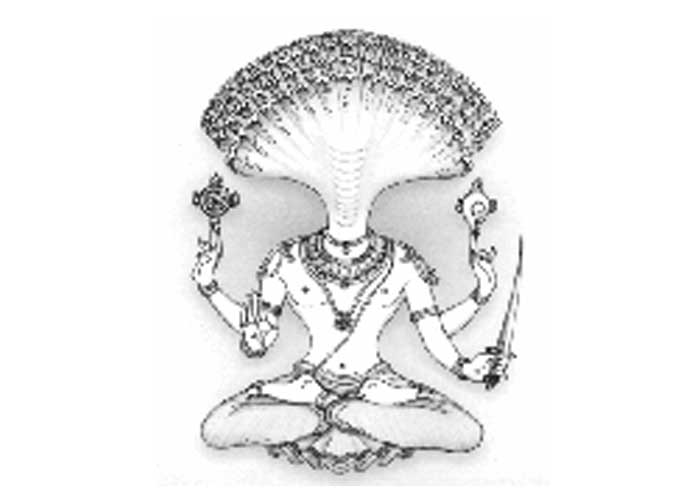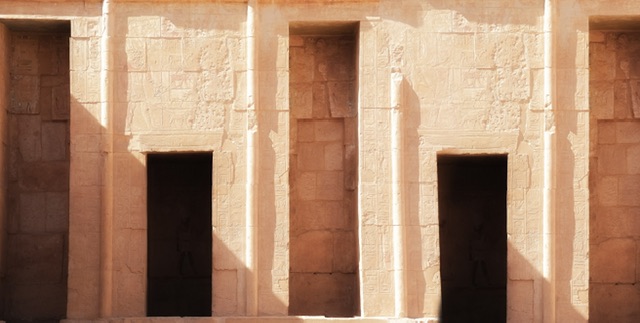As more ways are found to test the authenticity of Rudraksha, artisans or unscrupulous suppliers are finding new ways to make their fakes look more and more genuine. There have been instances where the glue or resins used cannot be removed by boiling alone but are removed either by boiling under pressure or using harsh chemicals.
You can identify fake Rudrakshas by observing if the bead sinks or floats in the water and if it revolves between two coins. But sometimes even this method does not work. At times an unripe but genuine Rudraksha may float in the water and a fake one made out of wood impregnated with lead or by tampering a real Rudraksha may sink.
A flat variety of Rudraksha, also called the Bhadraksha, is also tampered with, to make the Rudraksha look rare. Bhadraksha is a species under the genus Elaeocarpus and is known as Elaeocarpus tuberculatus. The Elaeocarpus tuberculatus beads are generally two-mukhi and flat in their morphology or are kite shaped. In this species three-mukhi and four-mukhi beads are also available. This species is medicinally important and these beads are popular among Sufi Muslim saints of Northern India. Clever artisans are known to glue sacred symbols on these beads and sell them as rare collector items.
It is interesting to note here that the most popularly sold ‘cashew nut-shaped one-mukhi ‘is nothing but, a morphological variation of the species Elaeocarpus tuberculatus, which is the flat bead. Also called the crescent-shaped one-mukhi, these beads are sold as the rare, authentic one-mukhi.
The golden test prescribed by some researchers to recognize the mukh of Rudraksha is to cut the bead horizontally and count the number of locules and seeds in the cut section. The number of locules and seeds will be the same like the number of lines and mukhas. A seven-mukhi Rudraksha will have seven locules in its cut section and a 14-mukhi will have 14 locules. Even the small sized Indonesian bead if cut horizontally shows the same features and you can see beautiful tiny locules equal to the number of mukhas.
We must however not forget that a bead, though externally altered for its commercial use, is still a revered Rudraksha. We do not recommend destroying a bead by slicing it into half to check its authenticity. In case of doubt it is strongly recommended either to take expert advice or not purchase it in the first place. Attempts have been made to X-Ray the Rudraksha beads to check the number of locules but the results have not been very encouraging. Also the X-Ray frequencies are said to interfere with the natural frequencies of the Rudraksha beads.
Retail prices range widely depending on where Rudraksha is purchased from. There is no link or connection with the price of Rudraksha or the buying or selling of Rudraksha and its religious and spiritual and medicinal effectiveness and importance. What is most important is that the Rudraksha is authentic and of high quality.
Another thing to be noted is that the Rudraksha, being a natural product, is available in many qualities from low, medium, high, to collector. A buyer should avoid low quality beads that are light weight, have broken surfaces, are unshapely and have an extremely dry surface. These beads are hardly ever effective. One should go for beads that are heavy, bright, lustrous, shapely, and emit a positive vibration.





